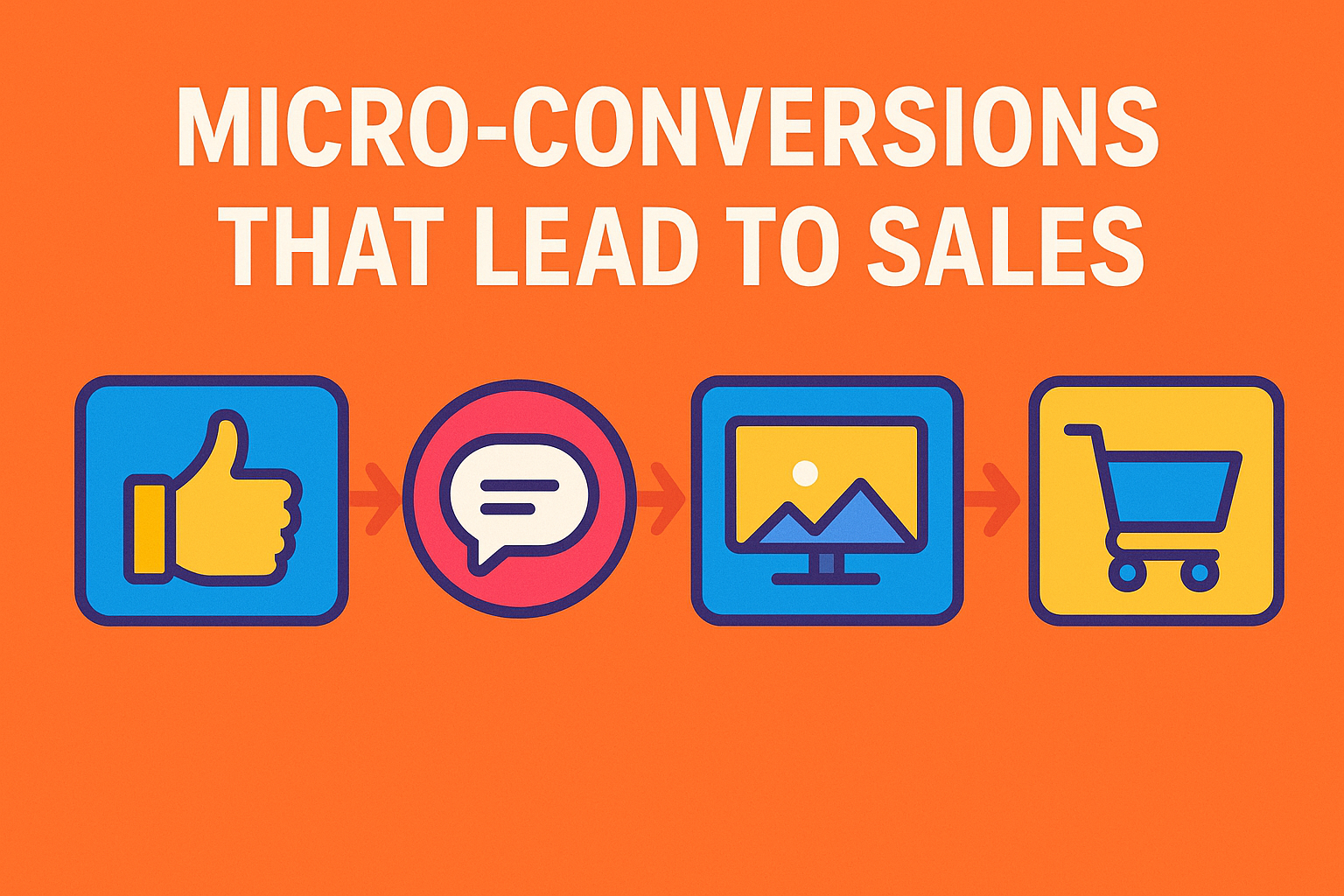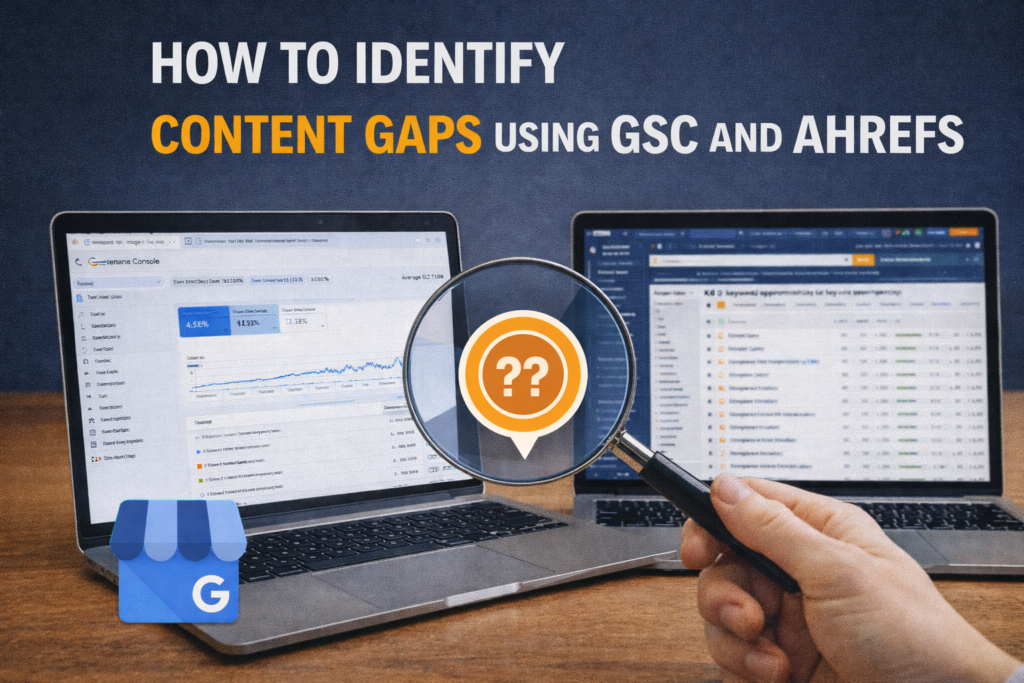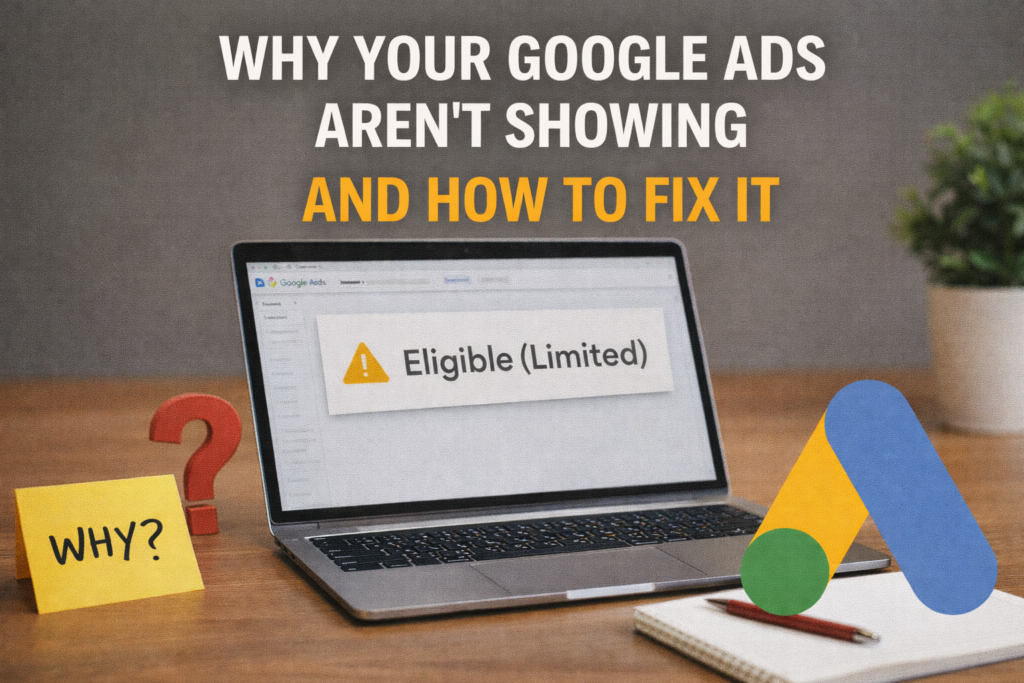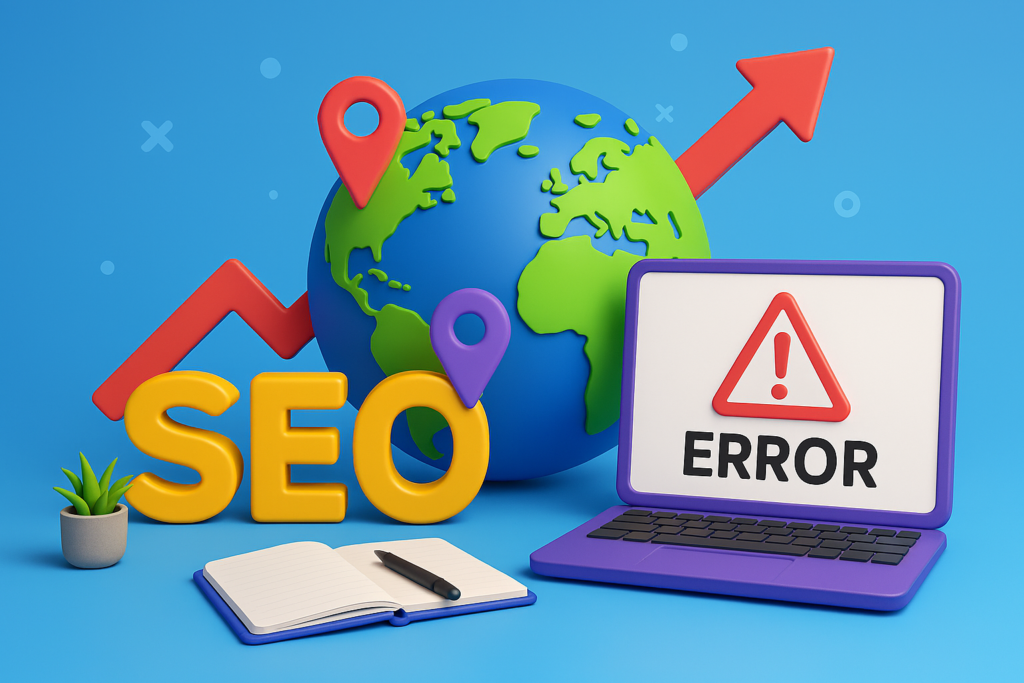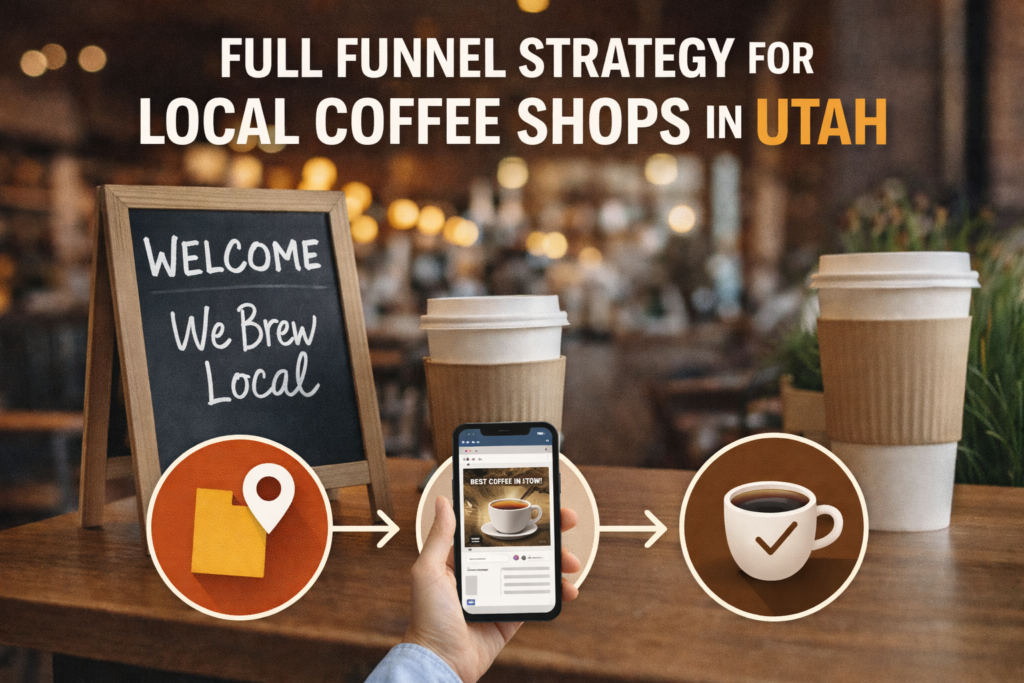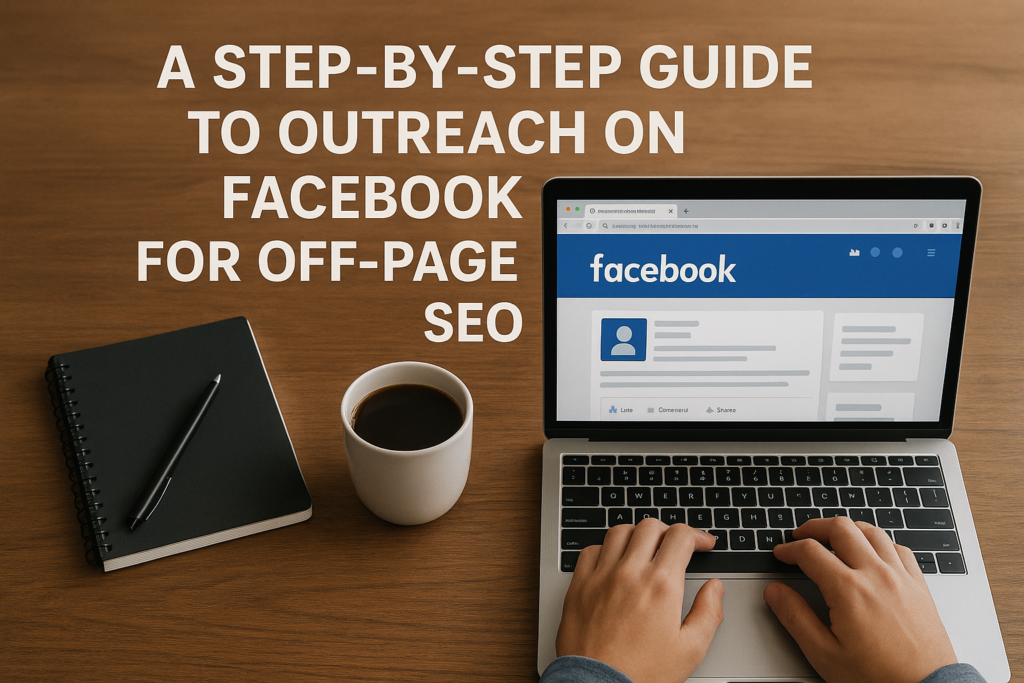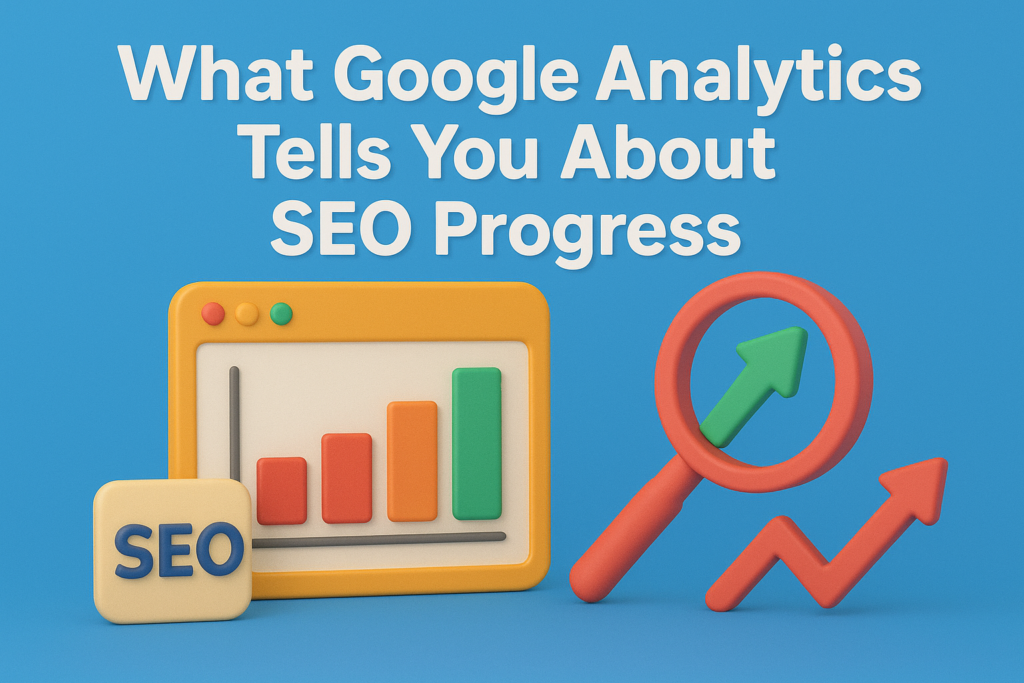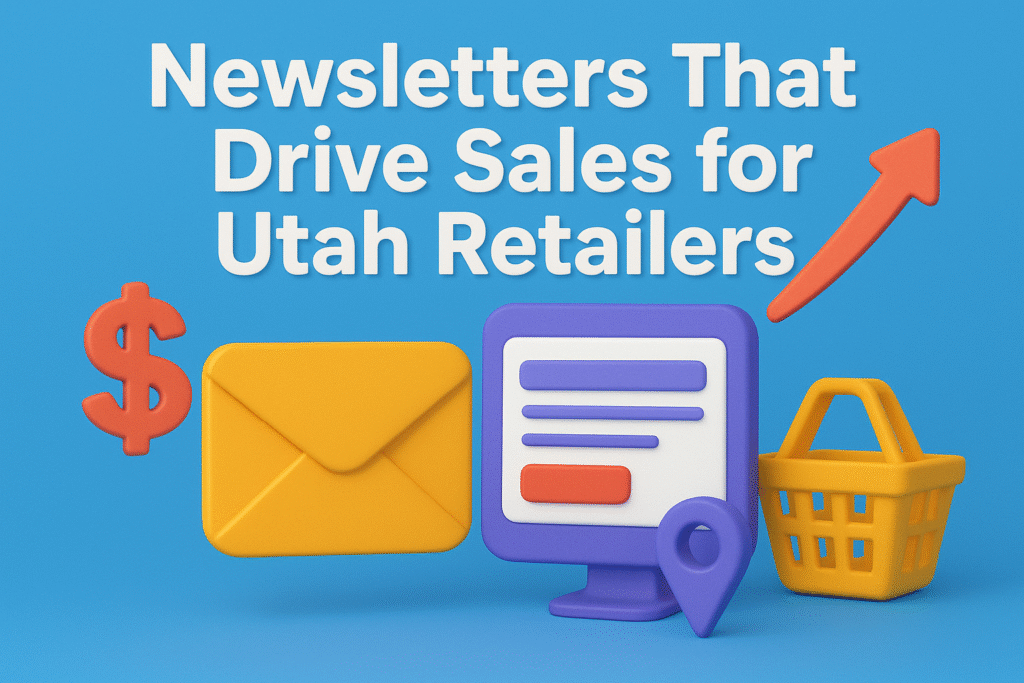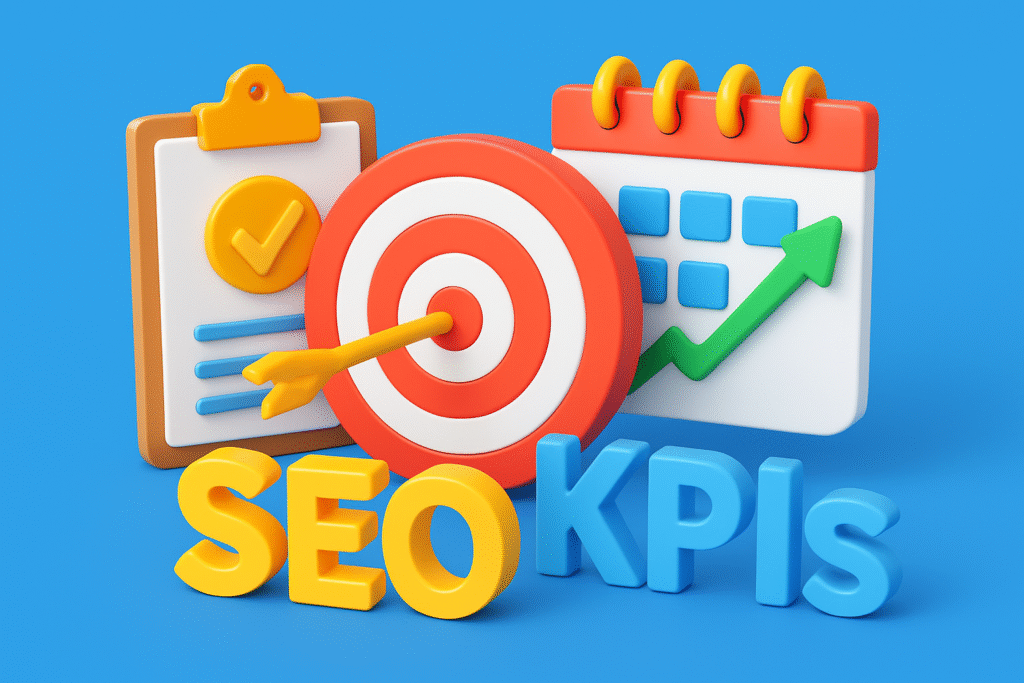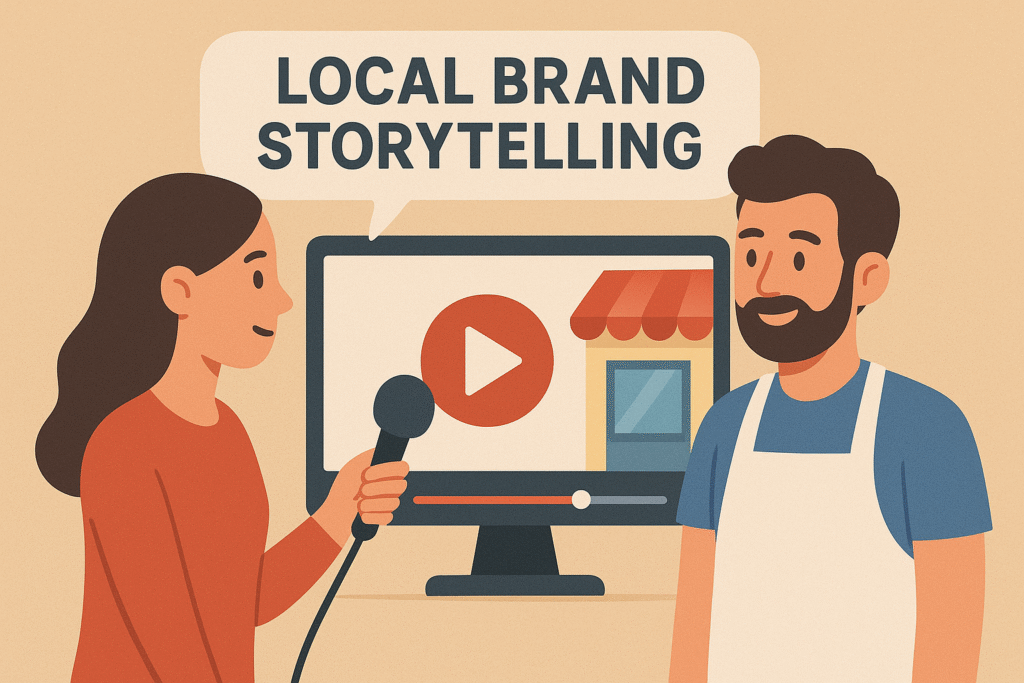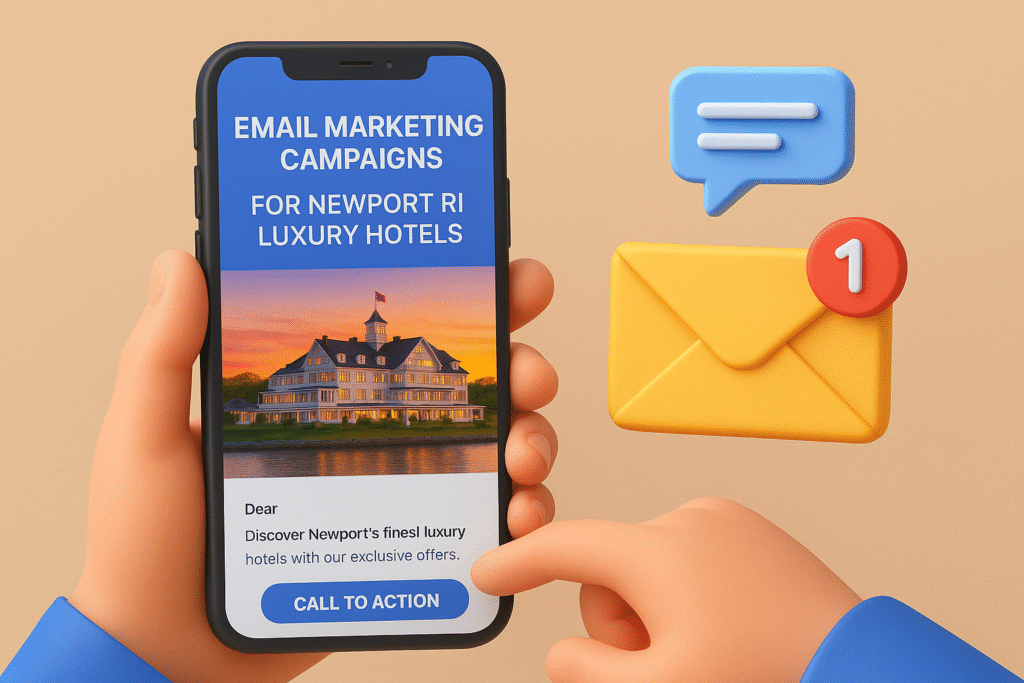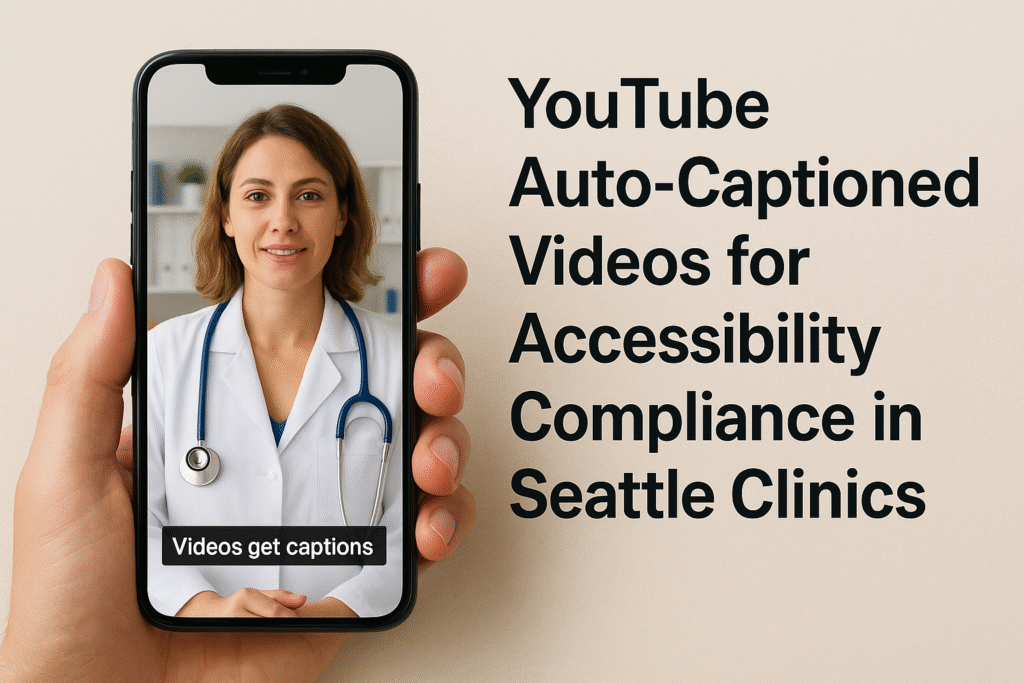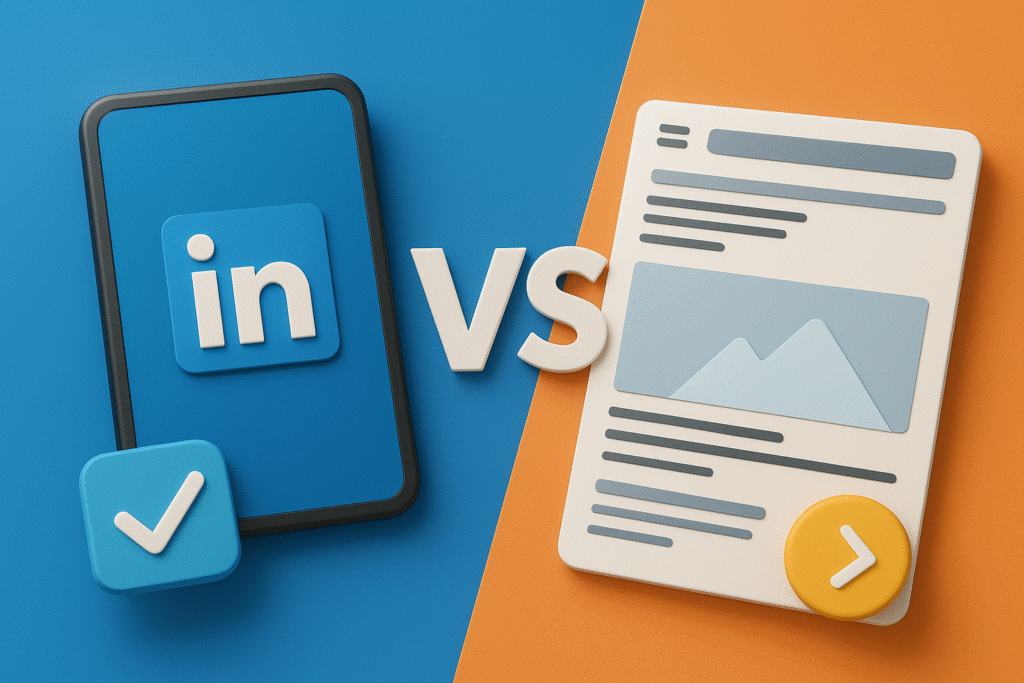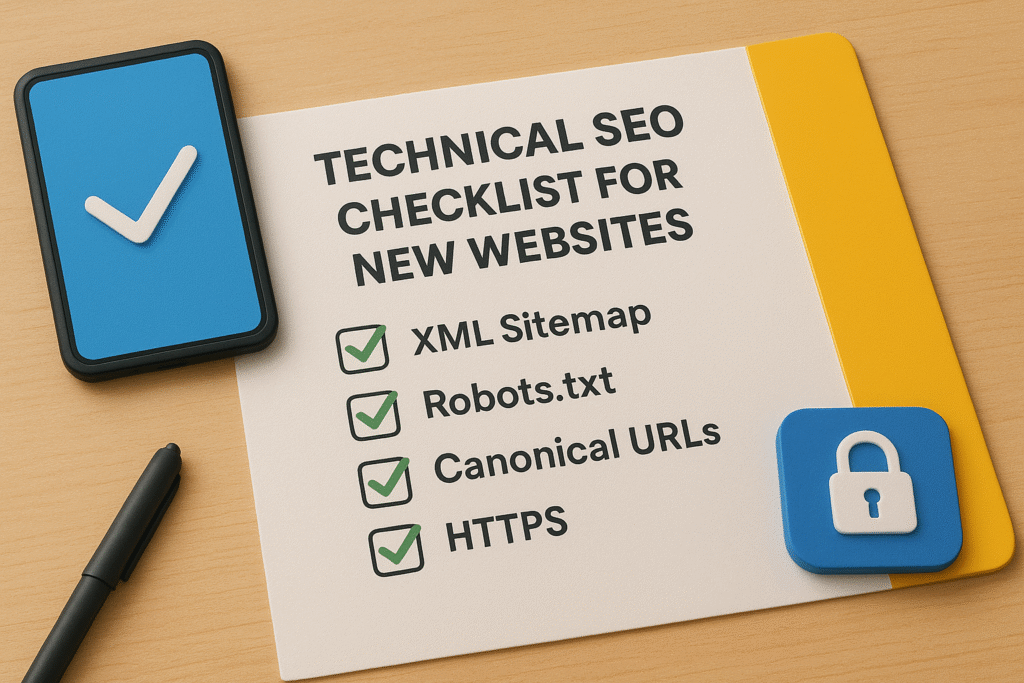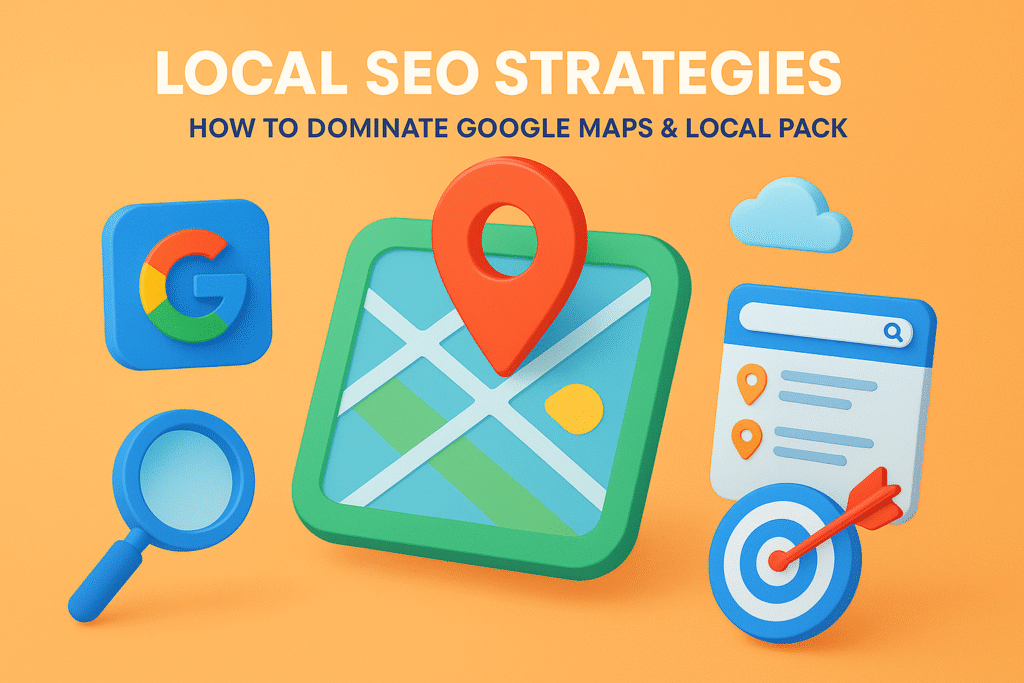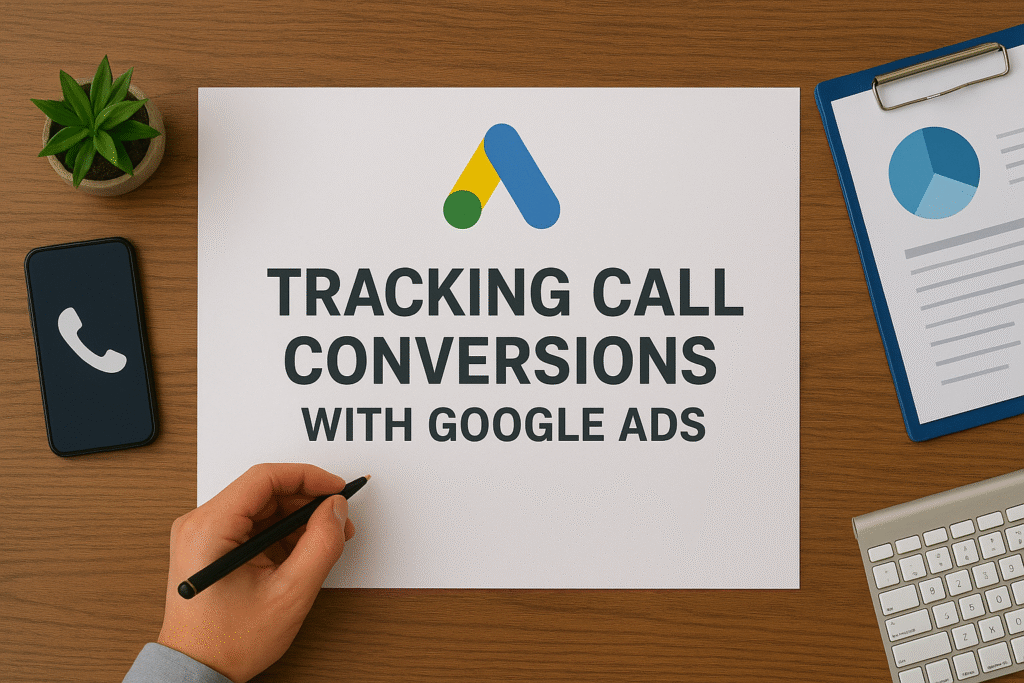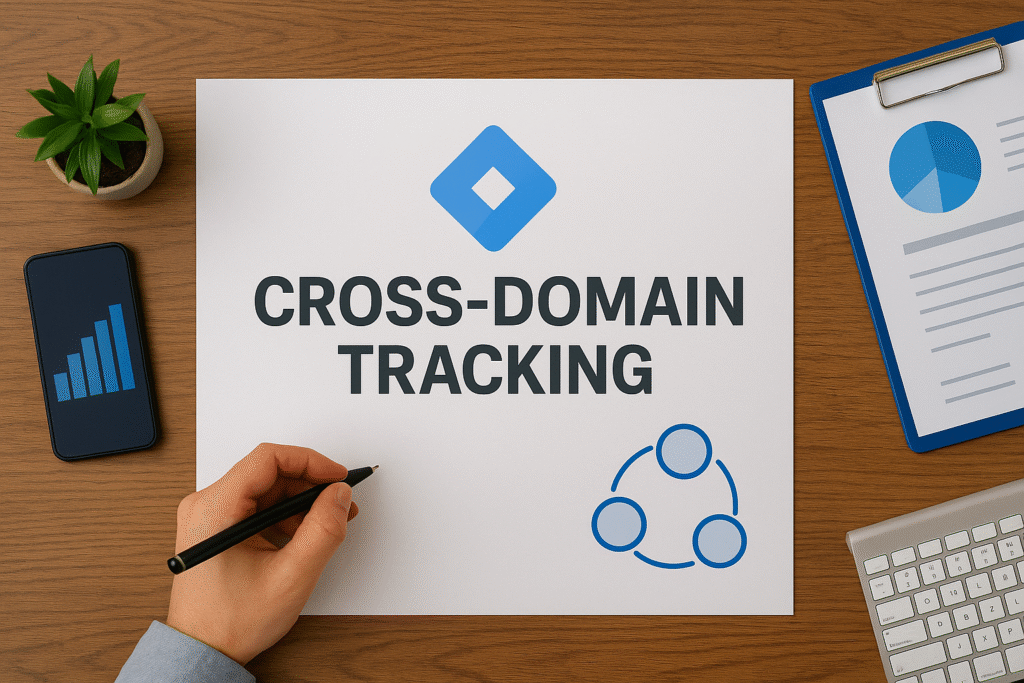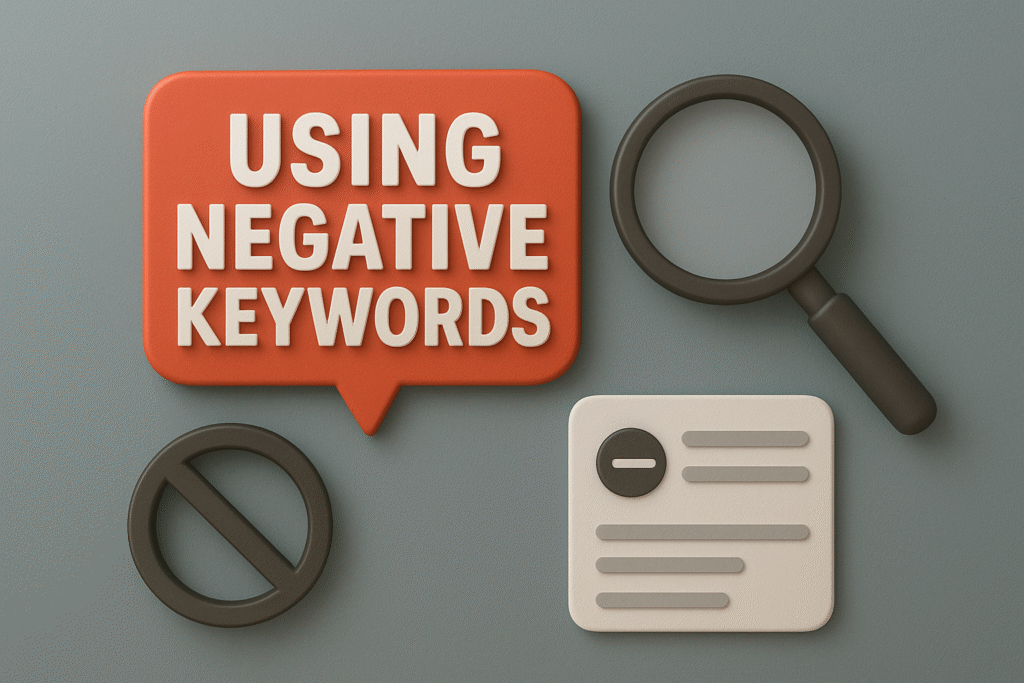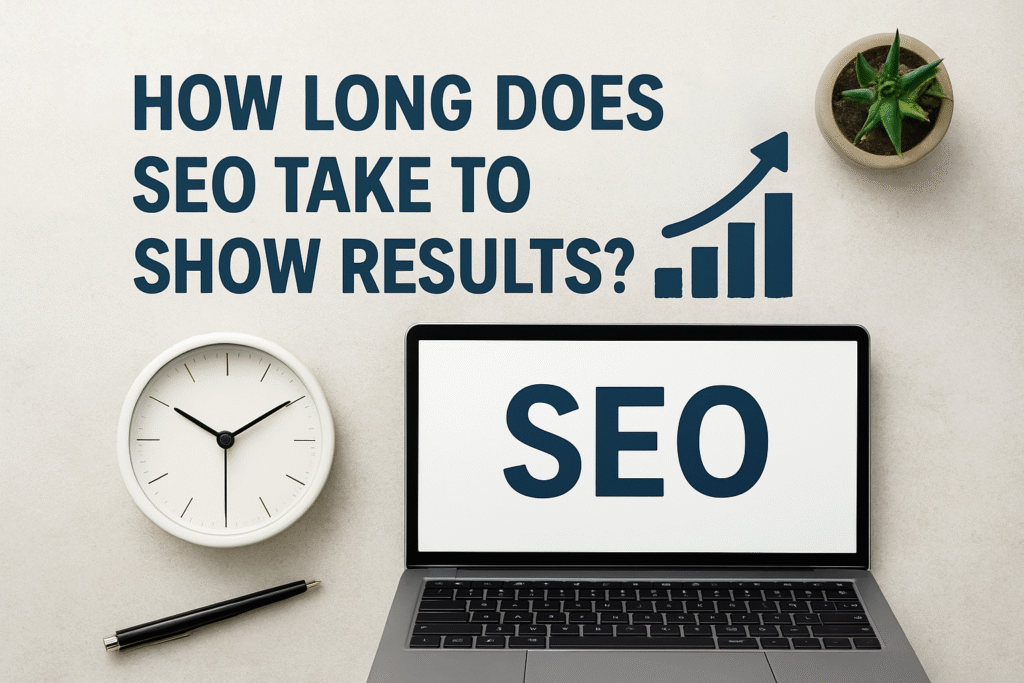In digital marketing, we all love the big wins — the final purchase, the booked consultation, the signed contract. But the truth is, those macro-conversions rarely happen in isolation. They’re almost always the result of a series of micro-conversions — smaller, measurable actions that show a prospect is moving closer to becoming a paying customer. Over the years, I’ve refined a systematic way for how I track micro-conversions that lead to sales, and it has completely changed how I allocate budget, optimize campaigns, and forecast revenue.
“According to Google, tracking micro-conversions can improve campaign optimization decisions by up to 20%, because it helps identify which touchpoints lead to final conversions.”
Source: Think with Google
The beauty of micro-conversion tracking is that it gives you a complete picture of your buyer’s journey — not just the final step.
Why Micro-Conversions Matter
Many marketers still rely solely on last-click attribution, which gives all the credit to the final touchpoint before a sale. This is a mistake. By ignoring earlier actions in the funnel — like downloading a lead magnet or adding a product to a cart — you lose valuable insights into what actually builds trust and intent.
“Pro Tip: Micro-conversions help identify high-value leads earlier in the funnel, allowing for smarter retargeting.”
Source: HubSpot
For example:
- A prospect who signs up for a webinar is far more valuable than someone who just visits your homepage.
- Someone who adds a product to their wishlist is more likely to purchase than a casual browser.
Step-by-Step: How I Track Micro-Conversions That Lead to Sales
Step 1: Define Your Micro-Conversions
First, identify which small actions actually indicate meaningful engagement. For me, this depends on the business model. Common micro-conversions include:
- Email newsletter sign-ups
- Webinar registrations
- Downloading a free guide or checklist
- Adding items to a shopping cart or wishlist
- Watching 75%+ of a product video
- Engaging with a pricing page
You can brainstorm these by mapping your sales funnel from first touchpoint to purchase and noting each action that moves someone forward.
Step 2: Set Up Tracking Tools
To capture micro-conversions accurately, I rely on a mix of tools:
- Google Analytics 4 (GA4) for event-based tracking (GA4 Setup Guide)
- Google Tag Manager (GTM) for managing tracking pixels without editing site code (GTM Overview)
- Facebook Pixel for social ad campaigns (Meta Pixel Setup)
- Hotjar for behavioral tracking (Hotjar)
In GA4, micro-conversions can be tracked as events and then marked as conversions if they have strong buying intent.
Step 3: Align Micro-Conversions with Macro Goals
Tracking micro-conversions is pointless unless you can connect them to actual sales. This is where conversion attribution comes in.
Example:
- A lead downloads an ebook (micro-conversion #1)
- They attend a webinar (micro-conversion #2)
- They book a sales call (macro-conversion)
By using multi-touch attribution models in GA4 or Attribution by HubSpot, I can see which micro-conversions happen most often before a sale and assign weighted credit.
Step 4: Score Your Micro-Conversions
Not all micro-conversions are created equal. I use lead scoring to assign points to each action:
- 5 points: Viewing the pricing page
- 3 points: Adding product to cart
- 2 points: Downloading a free guide
Once a lead crosses a certain threshold, they’re marked as “sales ready” and moved into a more aggressive follow-up sequence.
Step 5: Use Micro-Conversions for Retargeting
Retargeting works best when you segment based on micro-conversions:
- People who visited your pricing page see a discount offer
- Webinar attendees get a case study follow-up
- Ebook downloaders see a product demo ad
Tools like Google Ads Audience Manager and Facebook Custom Audiences make this easy.
“Pro Tip: Retargeting based on micro-conversion behavior can increase conversion rates by up to 43% compared to generic remarketing.”
Source: Criteo
Step 6: Visualize Micro-Conversion Paths
To understand how prospects move through your funnel, I use GA4’s Path Exploration reports or tools like Funnelytics to map journeys. This helps identify drop-off points so I can improve them.
Example insight:
If 60% of people who start watching your video drop off before the halfway point, you may need a shorter, more engaging video.
Step 7: Continuously Refine Based on Data
Micro-conversions aren’t static. New product launches, changing audience behavior, and evolving ad platforms mean you should:
- Review top micro-conversions quarterly
- Adjust lead scoring values
- Test new tracking methods
Example: Tracking Micro-Conversions in a SaaS Funnel
For a SaaS client, I tracked:
- Free trial sign-ups
- Feature usage in trial
- Support chat interactions
- Viewing the pricing page
- Subscribing to a paid plan
By assigning point values and analyzing the data, we discovered that users who interacted with support chat during the trial converted at 3x the rate of those who didn’t. That insight shifted our onboarding strategy completely.
Common Mistakes to Avoid
- Tracking too many micro-conversions, which creates noise in your data
- Failing to connect micro-conversions to actual sales metrics
- Ignoring attribution models and relying solely on last-click data
- Not updating tracking after website or funnel changes
Final Thoughts
Tracking micro-conversions isn’t just about more data — it’s about better data. By understanding which small actions lead to big results, you can optimize ad spend, personalize follow-ups, and focus your marketing on the strategies that truly drive sales.
If you’re ready to implement a bulletproof micro-conversion tracking system that connects every click to revenue, explore our Conversion Analytics Consulting Services.
Frequently Asked Questions (FAQs)
1. What are micro-conversions in digital marketing?
Micro-conversions are smaller user actions, like signing up for a newsletter or watching a video, that indicate progress toward a final sale.
2. Why should I track micro-conversions?
They reveal early signs of purchase intent and help optimize campaigns before final sales occur.
3. How do I connect micro-conversions to sales?
Use multi-touch attribution models in tools like GA4 to assign credit to earlier actions in the customer journey.
4. Which tools are best for tracking micro-conversions?
Google Analytics 4, Google Tag Manager, Facebook Pixel, and heatmap tools like Hotjar are excellent starting points.
5. Should all micro-conversions be weighted equally?
No, use lead scoring to assign higher value to actions more closely linked to sales.
6. How often should I review micro-conversion data?
At least quarterly, or monthly if running high-volume campaigns.

